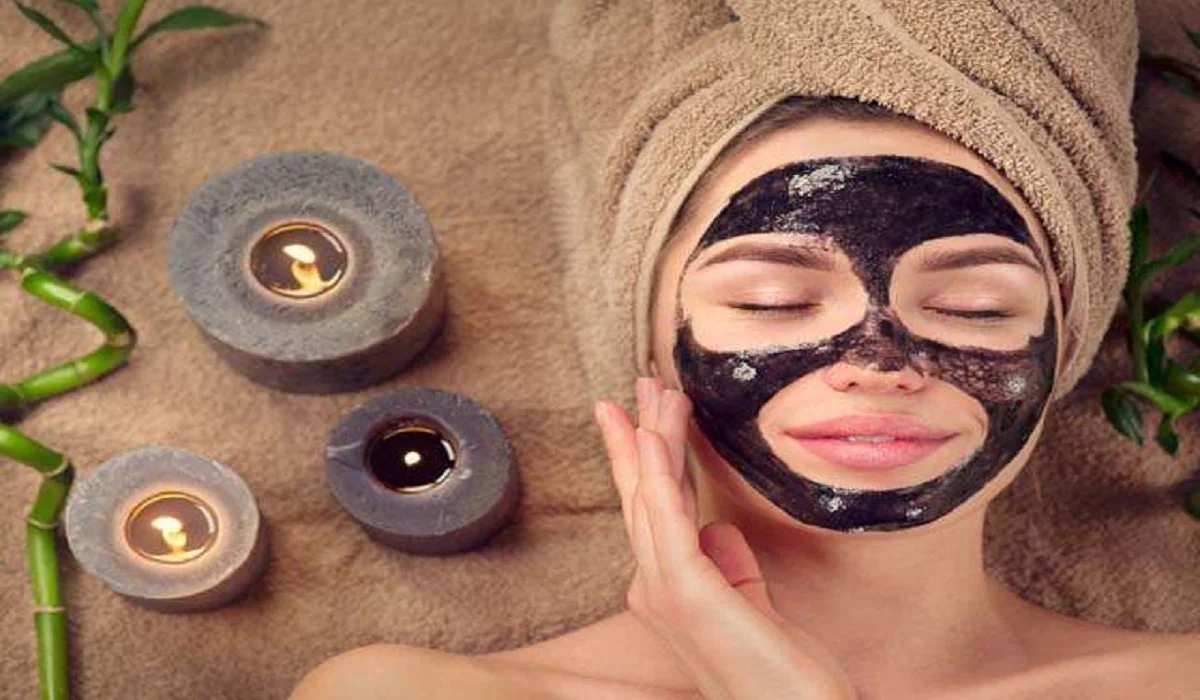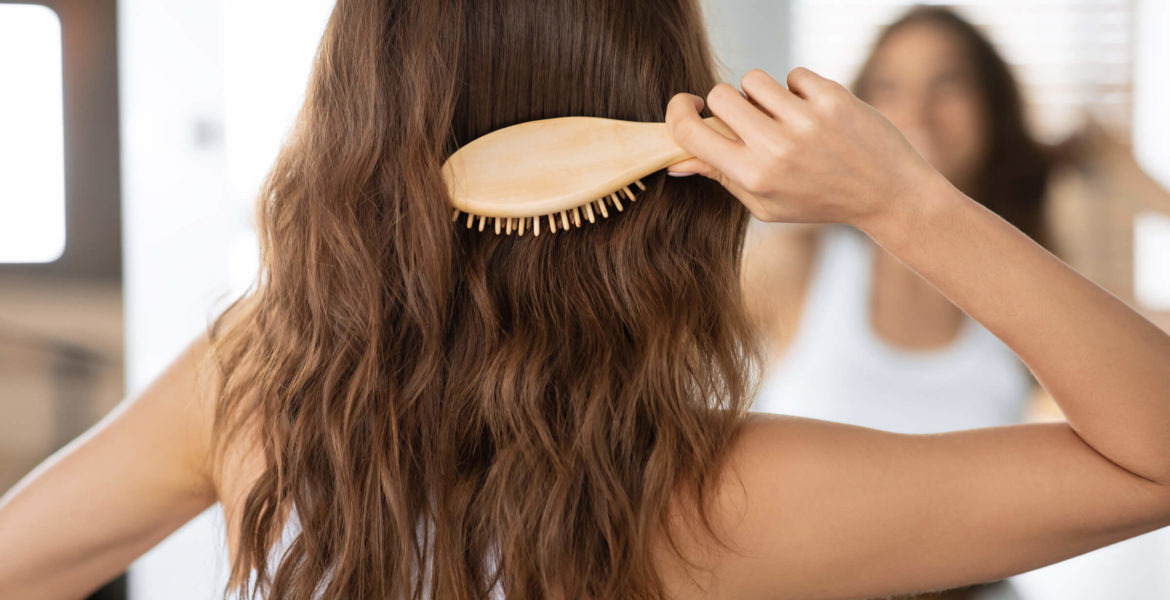
If you have dull skin that lacks radiance and appears lackluster, using a primer specifically designed to address this concern can be a game-changer in your makeup routine. Primers are the secret to achieving a flawless and long-lasting makeup look, and selecting the right one for dull skin can brighten, hydrate, and create a luminous glow. In this comprehensive guide, we will explore the top tips on choosing a primer suited to dull skin, helping you achieve a radiant complexion that lasts all day.
Understanding Dull Skin and its Causes
Dull skin is characterized by a lack of radiance, appearing flat and lifeless. Several factors contribute to dullness, including:
Dead Skin Cells: Accumulation of dead skin cells on the skin’s surface can create a barrier that reflects light poorly, resulting in a dull appearance.
Dehydration: Lack of proper hydration can cause the skin to lose its plumpness and glow, leading to a lackluster complexion.
Uneven Texture: Uneven skin texture can cast shadows and reduce the skin’s ability to reflect light, making the skin look dull.
Environmental Factors: Exposure to pollutants, harsh weather, and UV radiation can damage the skin and contribute to dullness.
Age: As we age, the skin’s natural renewal process slows down, leading to a buildup of dead skin cells and a loss of luminosity.
Top Tips on Choosing a Primer for Dull Skin
When it comes to choosing a primer for dull skin, the key is to opt for products that address the specific concerns associated with dullness. Consider the following tips to find the perfect primer for your needs:
Look for Hydrating Formulas
Hydration is essential for combatting dullness, so opt for a primer that offers intense moisture. Look for ingredients such as hyaluronic acid, glycerin, and aloe vera, which help lock in moisture and keep your skin looking plump and radiant.
Choose Illuminating Primers
Illuminating primers are specifically designed to add a luminous glow to the skin. These primers often contain light-reflecting particles that bounce light off the skin, instantly brightening the complexion and reducing the appearance of dullness.
Consider Color-Correcting Primers
Color-correcting primers are formulated to target specific skin concerns, including dullness. Look for primers with peach, pink, or lavender undertones, which can help counteract sallowness and revive a lackluster complexion.
Check for Antioxidant-Rich Ingredients
Antioxidant-rich primers can help protect the skin from environmental damage, which is a common cause of dullness. Look for ingredients like vitamins C and E, green tea extract, and niacinamide, which have powerful antioxidant properties.
Find Primers with Exfoliating Properties
Exfoliating primers can help remove dead skin cells, promoting a smoother and more radiant complexion. Ingredients like alpha hydroxy acids (AHAs) or beta hydroxy acids (BHAs) in the primer can gently exfoliate the skin, revealing a brighter and fresher appearance.
Avoid Heavy, Matte Formulations
Steer clear of heavy, matte primers, as they can further emphasize dullness and make the skin look flat. Instead, opt for lightweight and dewy formulations that offer a natural and radiant finish.
Consider Your Skin Type
Take your skin type into account when choosing a primer. If you have dry skin, opt for a hydrating primer that provides a luminous finish. For oily skin, choose a primer that controls excess oil while still offering an illuminating effect.
Read Reviews and Seek Recommendations
Reading reviews and seeking recommendations from others with similar skin concerns can be helpful in finding the best primer for dull skin. Look for products that have positive feedback regarding their brightening and illuminating properties.

How to Use Primer for Dull Skin
Once you’ve chosen the perfect primer for your dull skin, follow these steps for optimal results:
Start with Clean, Moisturized Skin
Before applying primer, cleanse your face thoroughly and follow up with a hydrating moisturizer. Properly moisturized skin will allow the primer to adhere better and ensure a smooth application.
Apply a Small Amount
A little goes a long way when it comes to primer. Start with a pea-sized amount and apply it to your entire face using clean fingers or a makeup sponge.
Focus on Dull Areas
Pay special attention to areas where dullness is most apparent, such as the cheeks, forehead, and under-eye area. Gently pat the primer into the skin, ensuring even coverage.
Allow the Primer to Set
Let the primer sit on your skin for a minute or two to allow it to settle and create a smooth base for your makeup application.
Layer with Foundation
Once the primer has set, apply your foundation as usual. You’ll notice that your foundation glides on more smoothly and evenly, creating a radiant and long-lasting finish.
Follow with Highlighter
For an extra boost of radiance, consider using a liquid or powder highlighter on the high points of your face, such as the cheekbones, brow bones, and the bridge of your nose.
Set with a Setting Spray
Lock in your makeup and keep that radiant glow intact throughout the day by finishing with a setting spray. Setting sprays also help the makeup last longer and prevent it from fading.
Choosing the right primer for dull skin is the first step towards achieving a radiant and glowing complexion. Consider factors such as hydration, illuminating properties, and antioxidant-rich formulations when selecting a primer. With the right product and proper application techniques, you can combat dullness and embrace a luminous and radiant appearance. Remember that makeup is an art, and experimenting with different primers and techniques can help you find the perfect combination for your unique skin needs. Enjoy the journey of discovering the transformative power of primers in brightening and revitalizing your dull skin.








